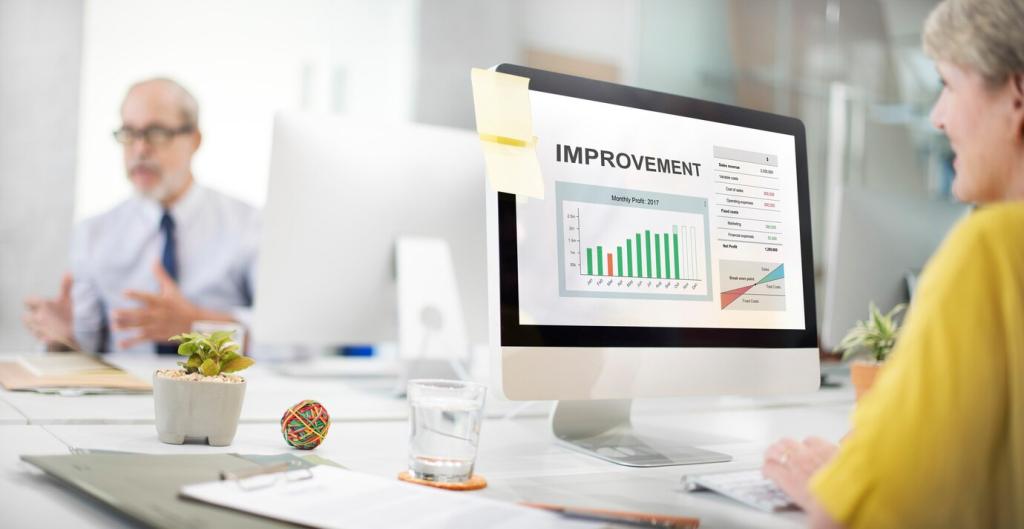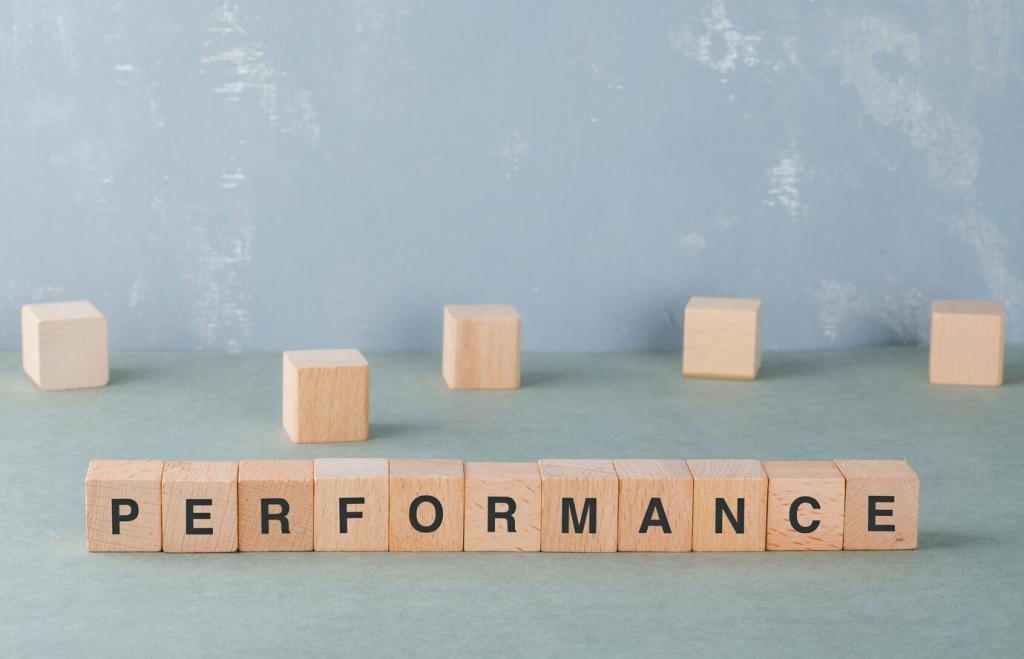Empowering Crews with Digital, Human-Centered Tools
A junior engineer used an AR overlay to trace a tricky cooling loop, with shoreside experts annotating live. Downtime shrank, confidence rose. How could remote assist change your night-call decisions and training pathways?
Empowering Crews with Digital, Human-Centered Tools
Context-aware checklists nudge critical steps when conditions shift—cargo temp spikes, ballast changes, or weather alerts. Fewer misses, calmer watches. Share the one checklist you wish was smarter and why it matters onboard.







